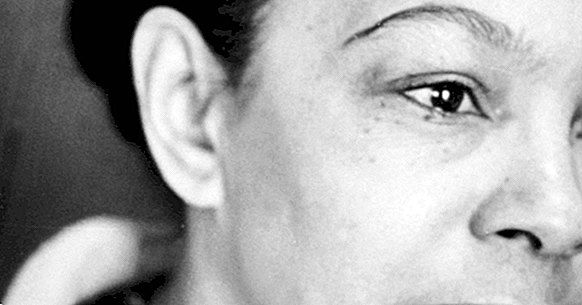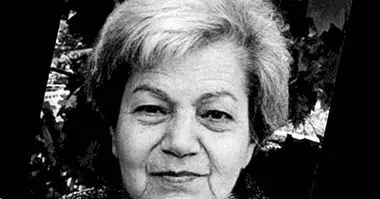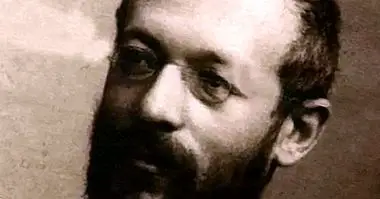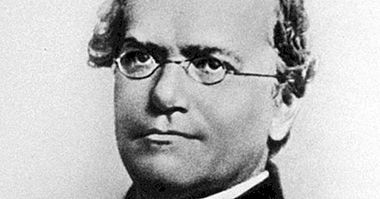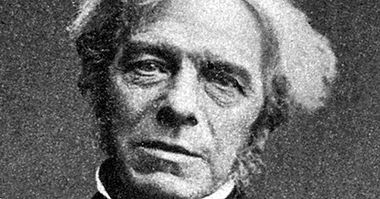Mamie Phipps Clark: biography of this social psychologist
Mamie Phipps Clark (1917-1983) was a social psychologist who studied the development of identity and racial self-consciousness during childhood, in relation to the context of segregation in the United States. Along with Kenneth Clark he developed one of the most classic experiments of psychology on the development of racial consciousness: the test of the dolls
We'll see now a biography of Mamie Phipps Clark , one of the pioneers in the consolidation of American social psychology of the twentieth century.
- Related article: "History of Psychology: authors and main theories"
Mamie Phipps Clark: biography of a social psychologist
Mamie Phipps Clark was born on April 18, 1917 in Arkansas, United States, in a family that Phipps herself qualified as privileged. His father was a doctor and his mother was a housewife.
After graduating from Langston College, and despite the context of double discrimination towards black women , Mamie received different offers of subsidy to carry out higher education studies. Among the options were Fisk University, in Tennessee; and Howard University, in Washington. They were also two of the most prestigious in the United States and their access criteria were based on merit. They represent almost the only options for the elite of the black community.
Mamie decided to study in Washington. In the year 1934 he took courses in mathematics and also in languages. However, his motivation for the studies clashed significantly with the impersonal approach of his teachers of mathematics, which was especially emphasized to women, so he soon decided to change the option (Phipps Clark, O'Connell and Russo, 1983 ).
- Maybe you're interested: "The 8 most common types of racism"
Beginnings in Child Psychology
While studying at Howard University, Mamie met Kenneth Barcroft Clack, who was pursuing a master's degree in psychology . This relationship had an important influence on Mamie's interest in psychology. Among other things, psychology seemed more promising professionally for her (especially more than careers in medicine, physics or mathematics). In addition, the psychologist would allow him to approach child development, a topic that also caused him curiosity and that intensified especially while doing his master's thesis.
Barcroft introduced him, for example, to Francis Summer and Max Meenes, two psychologists later recognized in educational psychology, pedagogy and child development, and with whom he worked in different investigations. With them, Mamie said, she was welcome and shared interests. After completing his studies, he worked in the psychology department of the same university.
Later he moved to New York and met Ruth and Gene Hartley, who were doing many studies on childhood in preschool. Specifically, the Heartly were interested, as was Phipps, in how self-identification of preschool children developed , and to analyze this they used drawings of black and white children.
In this security context, Mamie Phipps Clark did not even question how it was that a black woman had come so far professionally in a field of study for white men, such as psychology. Mamie herself explains this as a silenced challenge that she recognized until after graduation, and that led her to question in important ways the racial segregation of American public schools.
- Maybe you're interested: "Child psychology: a practical guide for fathers and mothers"
Studies on racial self-identification in childhood
The success and recognition of her master's studies led her to enter Columbia University for her doctorate. In this context, Mamie says that for the first time she found herself the only black student in a doctoral department where all the members were white students. In fact, her husband, Kenneth Clark had been the first black student to graduate as a doctor of psychology in 1940. In 1943, Mamie was the second.
In her master's thesis, Mamie Phipps Clark had researched how and when black children became aware of their racialized identity , and how this impacts the formation of his self-concept. His research was titled "The Development of Self Consciousness in Black Preschool Children." This soon became a line of research that became determinant, both for psychology and in American politics.
Through his research of mastery, and as an extension of them, the famous test or test of the dolls was developed. In the latter it consisted of Presenting pre-school children with a white doll and a black doll . Subsequently they took measure of their preferences (asking for example to give them the one they liked best); of attitudes (asking what they think is good or bad); and its ability to racially identify different groups. Finally, they assessed the ability of children to recognize themselves as members of a racial group (racial self-identification).
This experiment is generally cited and attributed to Kenneth Clark. However, the same psychologist stated that the legal records where this study subsequently impacted, should be recognized as the main project of Mamie, in which he joined and subsequently collaborated (Karera, 2010).
What is racial consciousness?
Mamie defined racial science as an ego consciousness that belongs to a group that is differentiated from other groups by phenotypic characteristics. The greatest of its results was that black children become aware of their racial identity around 3 years of age, and simultaneously they develop a fundamentally negative self-concept . Their results established that the latter was determined by the negative and racist definition that society made in different spheres. Largely as a result of segregation policies.
His studies generated much interest in the world of psychology and were even replicated by different people, including perhaps the most popular is Mary Ellen Goodman, in the mid-twentieth century. Likewise, the effects of racial segregation had a significant legal impact on US educational legislation.
- Maybe you're interested: "Self-concept: what is it and how is it formed?"
Political impact
When Mamie Phipps finished studying, she began working as a secretary in a legal office under William Houston, among other important figures in the history of civil law in the United States. This office was one of the first to work with cases that challenged laws for racial segregation .
Among others, they addressed what is now known as the "Brown Case," from which American laws declared unconstitutional that public schools were separated between black students and white students. Something fundamental to argue in favor of the latter, and finally get it, was precisely the experiment of the dolls.
Bibliographic references:
- Karera, A. (2010). Profile Mamie Phipps Clark. Psychology's Feminist Voices. Retrieved July 5, 2018. Available at //www.feministvoices.com/mamie-phipps-clark/.
- Guerrero Moreno, S. (2006). The development of racial awareness: an evolutionary study with Spanish children from 3 to 5 years old. Memory to qualify for the degree of doctor, Complutense University of Madrid.
- O'Connell, A. and Russo, N. (1983). Models of achievement: Reflections of eminent women in psychology. New York: Columbia University Press.

